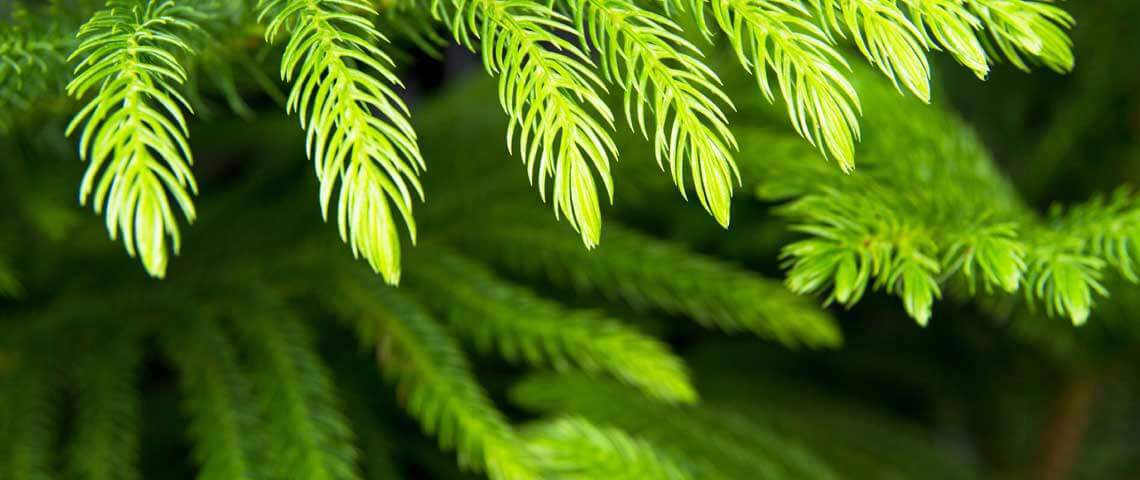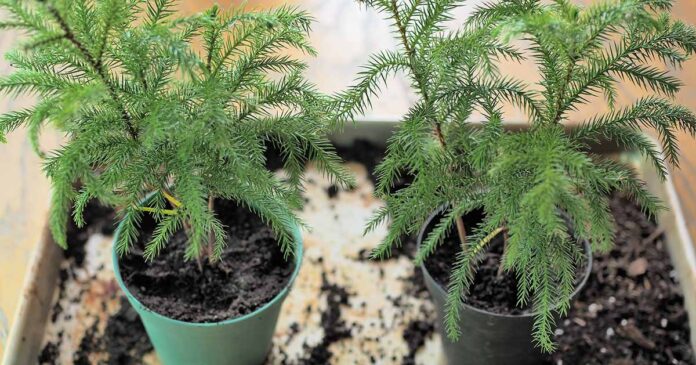Australia is home to many fascinating wonders, and the Norfolk Island Pine trees are no exception. These majestic evergreen conifers have long been a part of Australia’s cultural landscape, providing an iconic backdrop for outdoor activities like picnics and camping trips.
But as climate change threatens their natural habitats, it’s becoming increasingly important to take proactive steps toward preserving these trees for future generations. This article will explore the debate around whether or not these trees should be protected or pruned back to protect them from increased temperatures and rising sea levels.
Well look at what conservationists think about pruning Norfolk Island Pines in Australia, compare it with other countries’ strategies for protecting similar species, and outline key measures that can be taken by individuals who want to help safeguard these remarkable specimens of nature. So join us now as we delve into this important conversation surrounding the protection of Norfolk Island Pines!
Benefits of Protecting or Pruning Norfolk Island Pines

Protecting or pruning Norfolk Island Pines in Australia is an important part of keeping them healthy and strong. The benefits of protecting or pruning these trees include improved resistance to disease, better air quality, and increased safety. Preserving the trees helps maintain their natural defenses against pests and diseases that can damage their health or even kill them completely.
Pruning also encourages new growth on the tree, resulting in a lush green canopy with dense foliage that contributes to better air quality by filtering out pollutants from the surrounding environment. In addition, properly maintained Norfolk Island pines are less likely to become hazardous due to branches breaking off during storms or high winds, improving safety around homes and businesses near these majestic trees.
Regular maintenance such as pruning can help reduce this risk further by removing weak limbs while preserving the integrity of the tree’s shape and size. Finally, protecting or pruning Norfolk Island Pines promotes a healthier habitat for local wildlife species that rely on these trees for food and shelter throughout different seasons.
By taking good care of these trees we can help ensure they remain a valuable asset not just for ourselves but future generations as well!
Potential Risks Associated with Not Protecting or Pruning Norfolk Island Pines

Norfolk Island Pines are an iconic species of tree found in Australia, and they require special care to ensure their health. Without proper protection or pruning, Norfolk Island Pines can suffer from a variety of risks that may endanger them or diminish their growth potential.
These risks include insect infestation, fungal infection, root rot due to soil compaction, limb fractures as a result of heavy winds or storms, and physical damage caused by human activity such as mowing the lawn too close to the base of the tree. If these issues are not addressed promptly and adequately with professional help when needed, Norfolk Island Pine trees will likely experience long-term harm that may ultimately lead to death.
Proper pruning techniques should also be employed so that the shape of the trees does not become distorted over time; this could cause further structural damage if left unchecked. All in all, protecting and pruning Norfolk Island Pines is essential for ensuring their longevity and keeping them strong against any potential threats they might face.
Conclusion

So, are Norfolk pines native to Australia? The Norfolk Island Pine has become a popular tree in Australia, but its future is uncertain. Although it is not native to the country, many Australians have grown to love and appreciate these majestic evergreens.
But their widespread presence can also be detrimental if left unchecked. To ensure that future generations continue enjoying the beauty of these trees while protecting them from damage, careful pruning and maintenance are essential.
The importance of understanding how to properly care for Norfolk Island Pines cannot be understated; with proper management, Australians can enjoy this species for years to come as they were meant to exist – native or not.




